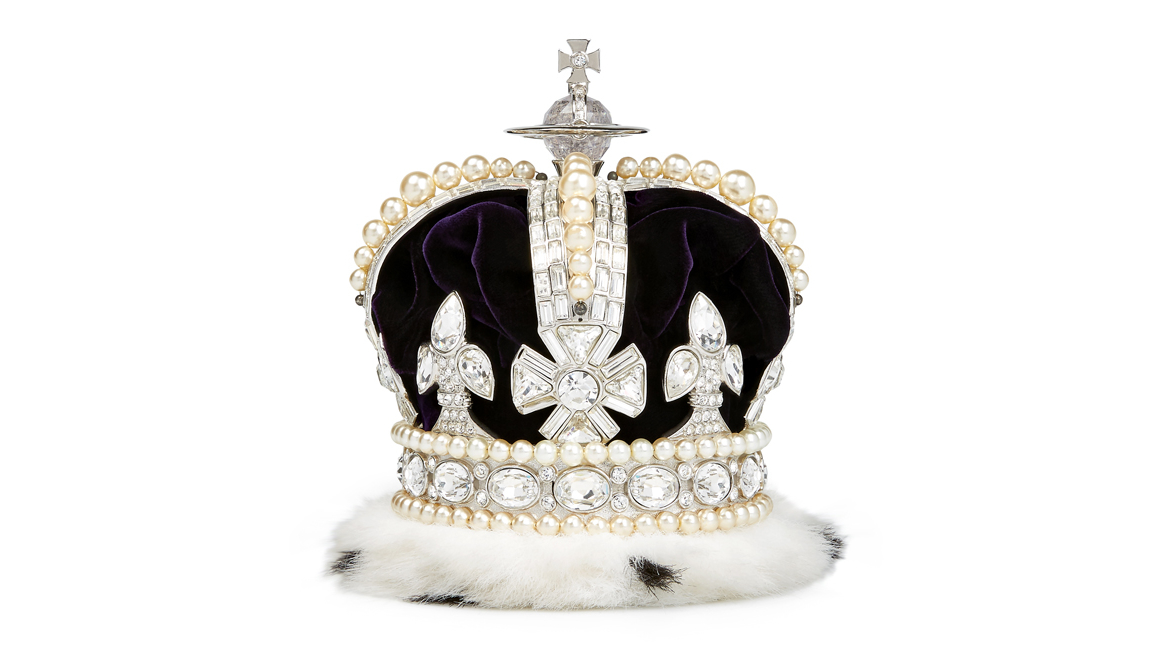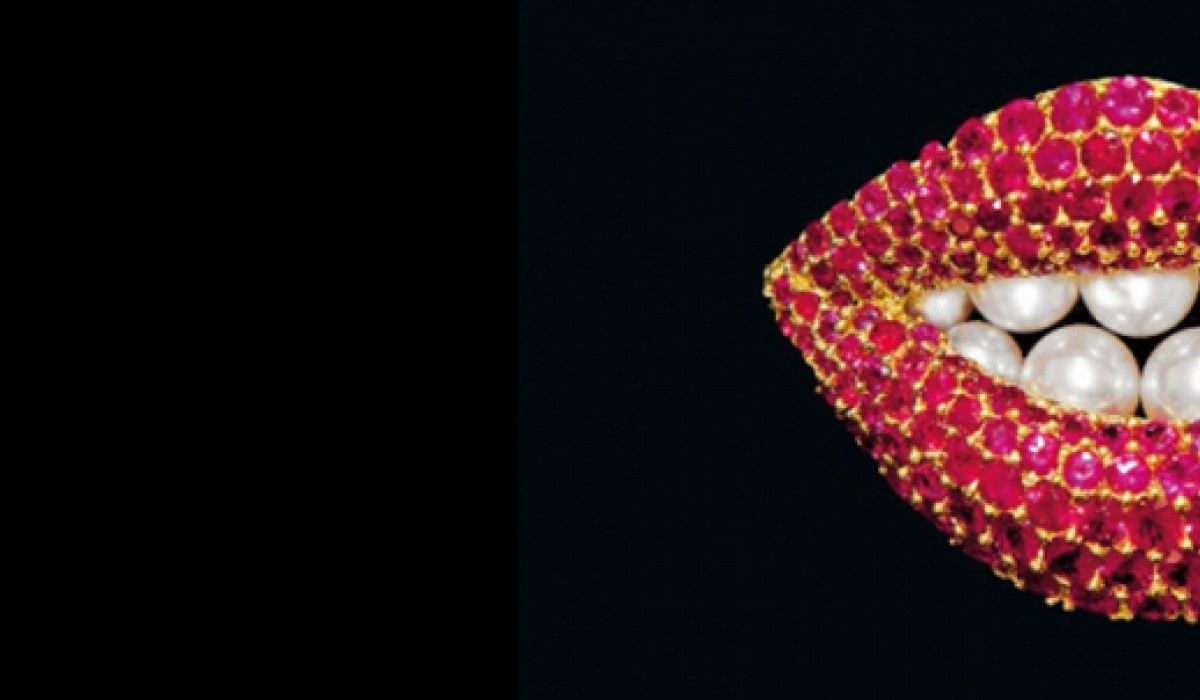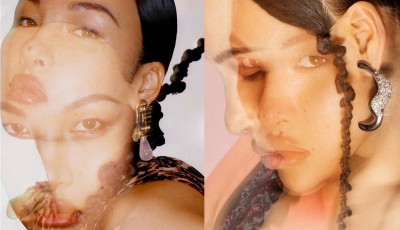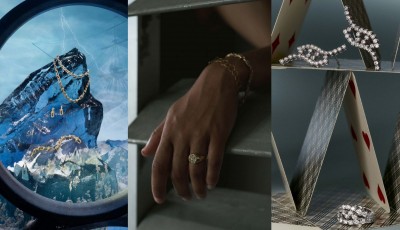Medusa: Jewellery and Taboos
The Musée d’Art moderne de la Ville de Paris presents a brilliant exhibition that subverts traditional clichés about jewelry
Going beyond the boundaries of jewelry to unveil a number of taboos. This is the mission of Medusa, the new exhibition running at the Musée d’Art Moderne in Paris till 5 November 2017, which presents around 400 works of contemporary and avant-garde artist, anchoring our connection to jewelry within a broadened relationship to the body and the world.
Just like the face of Medusa in the in Greek mythology, a piece of jewelry attracts and troubles the person who designs it, looks at it or wears it. While it is one of the most ancient and universal forms of human expression, jewelry has been reinvented as not just ornamentation for our bodies, but also the object of certain rites and – at times – genuine sculptures.
 Vivienne Westwood Crown
Vivienne Westwood Crown
White and gold metal, velvet, faux crystals, plastic based pearls and faux ermine fur.
From the Vivienne Westwood Autumn-Winter 2000/01 Gold Label runway show
The exhibition brings together works of art created by artists, avant-garde jewelry makers, designers, contemporary jewelry makers and high end jewelers, as well as anonymous, more ancient or non-Western pieces. Unconventional contemporary works by Isabelle Busnel and Sari Räthel feature alongside the biggest names in luxury jewelry, such as Boucheron, Cartier and Chanel. Meanwhile, some items are laced with suggestive humor, such as Vivienne Westwood’s crown of false crystals and plastic, Dada’s golden bracelet (sported here by Marcel Duchamp), and Henryk Kaston’s mouth of pearls, a 1970s reproduction of a work by Salvador Dali. These pieces go far beyond simple jewelry and explore other means of engaging with, and putting on, jewelry.
 Collier Serpent, Cartier Paris, 1968
Collier Serpent, Cartier Paris, 1968
In cover a gold brooch of lips with rubies and pearls. Designed by Salvador Dali, fabricated by Henryk Kaston.






